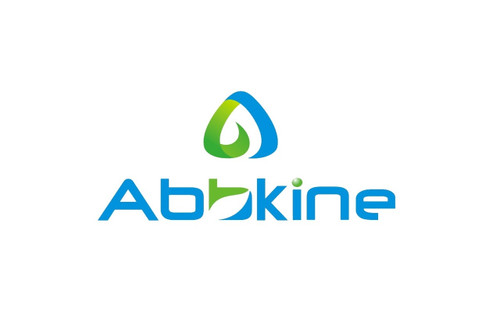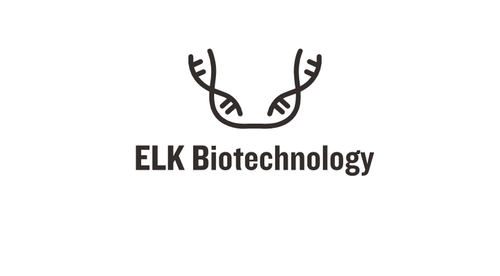Product Description
Rat Signal transducer and activator of transcription 5A (STAT5A) ELISA Kit | AE15556RA | Abebio
Species Reactivity: Rat (Rattus norvegicus)
Abbreviation: STAT5A
Alternative Name: MGF; STAT5;
Application: ELISA
Range: 0.312-20 ng/mL
Sensitivity: 0.115 ng/mL
Intra-Assay: ≤5.2%
Inter-Assay: ≤10.5%
Recovery: 0, 88
Sample Type: Serum, Plasma, Other biological fluids
Detection Method: Sandwich
Analysis Method : Quantitive
Test Principale: This assay employs a two-site sandwich ELISA to quantitate STAT5A in samples. An antibody specific for STAT5A has been pre-coated onto a microplate. Standards and samples are pipetted into the wells and anySTAT5A present is bound by the immobilized antibody. After removing any unbound substances, a biotin-conjugated antibody specific for STAT5A is added to the wells. After washing, Streptavidin conjugated Horseradish Peroxidase (HRP) is added to the wells. Following a wash to remove any unbound avidin-enzyme reagent, a substrate solution is added to the wells and color develops in proportion to the amount of STAT5A bound in the initial step. The color development is stopped and the intensity of the color is measured.
Product Overview: STAT5A is a member of the STAT family of transcription factors. In response to cytokines and growth factors, STAT family members are phosphorylated by the receptor associated kinases, and then form homo- or heterodimers that translocate to the cell nucleus where they act as transcription activators. This protein is activated by, and mediates the responses of many cell ligands, such as IL2, IL3, IL7 GM-CSF, erythropoietin, thrombopoietin, and different growth hormones. Activation of this protein in myeloma and lymphoma associated with a TEL/JAK2 gene fusion is independent of cell stimulus and has been shown to be essential for the tumorigenesis. The mouse counterpart of this gene is found to induce the expression of BCL2L1/BCL-X (L), which suggests the antiapoptotic function of this gene in cells.
Stability: The stability of ELISA kit is determined by the loss rate of activity. The loss rate of this kit is less than 5% within the expiration date under appropriate storage condition. The loss rate was determined by accelerated thermal degradation test. Keep the kit at 37°C for 4 and 7 days, and compare O.D.values of the kit kept at 37°C with that of at recommended temperature. (referring from China Biological Products Standard, which was calculated by the Arrhenius equation. For ELISA kit, 4 days storage at 37°C can be considered as 6 months at 2 - 8°C, which means 7 days at 37°C equaling 12 months at 2 - 8°C) .
 Euro
Euro
 USD
USD
 British Pound
British Pound
 NULL
NULL








